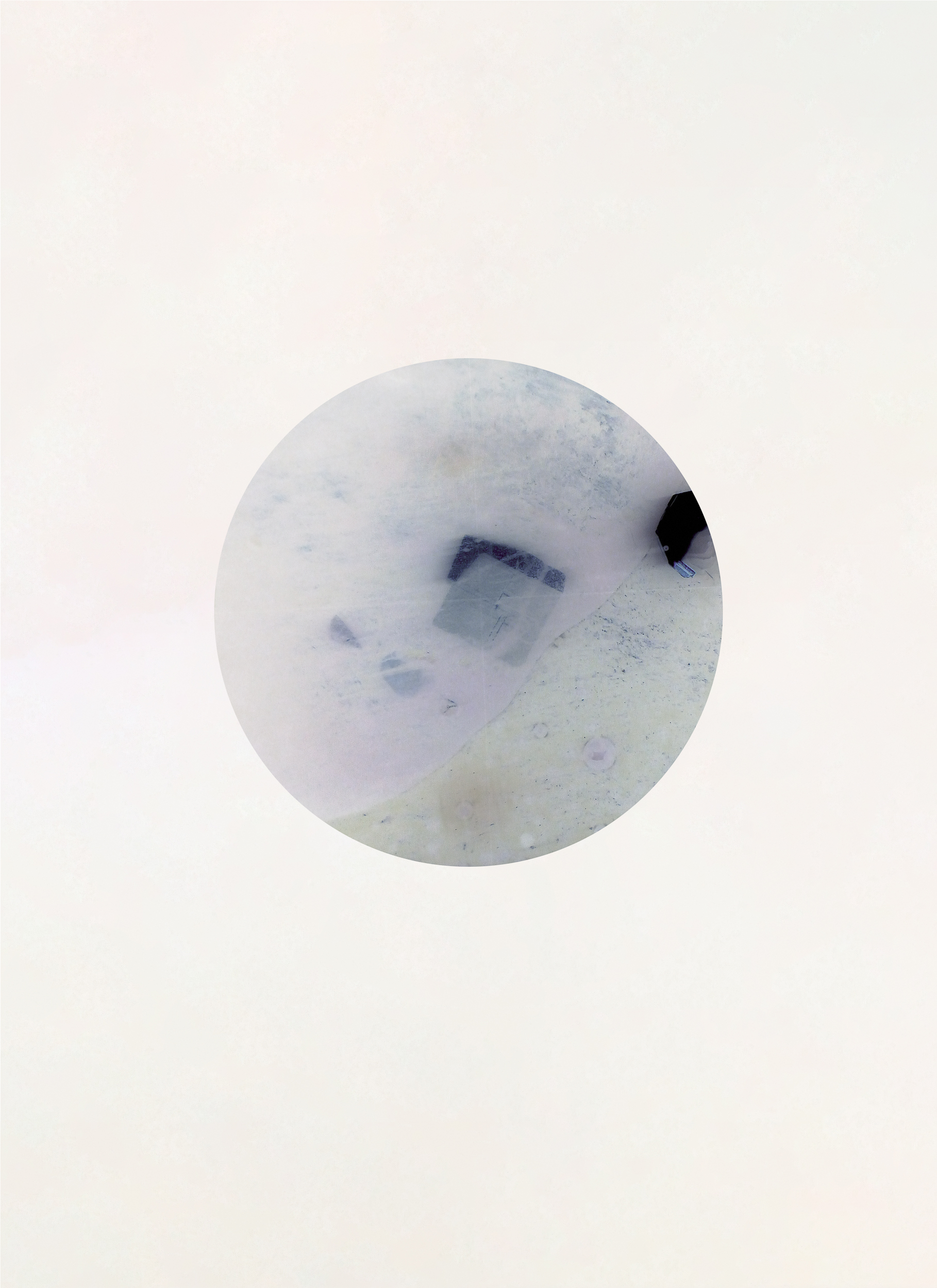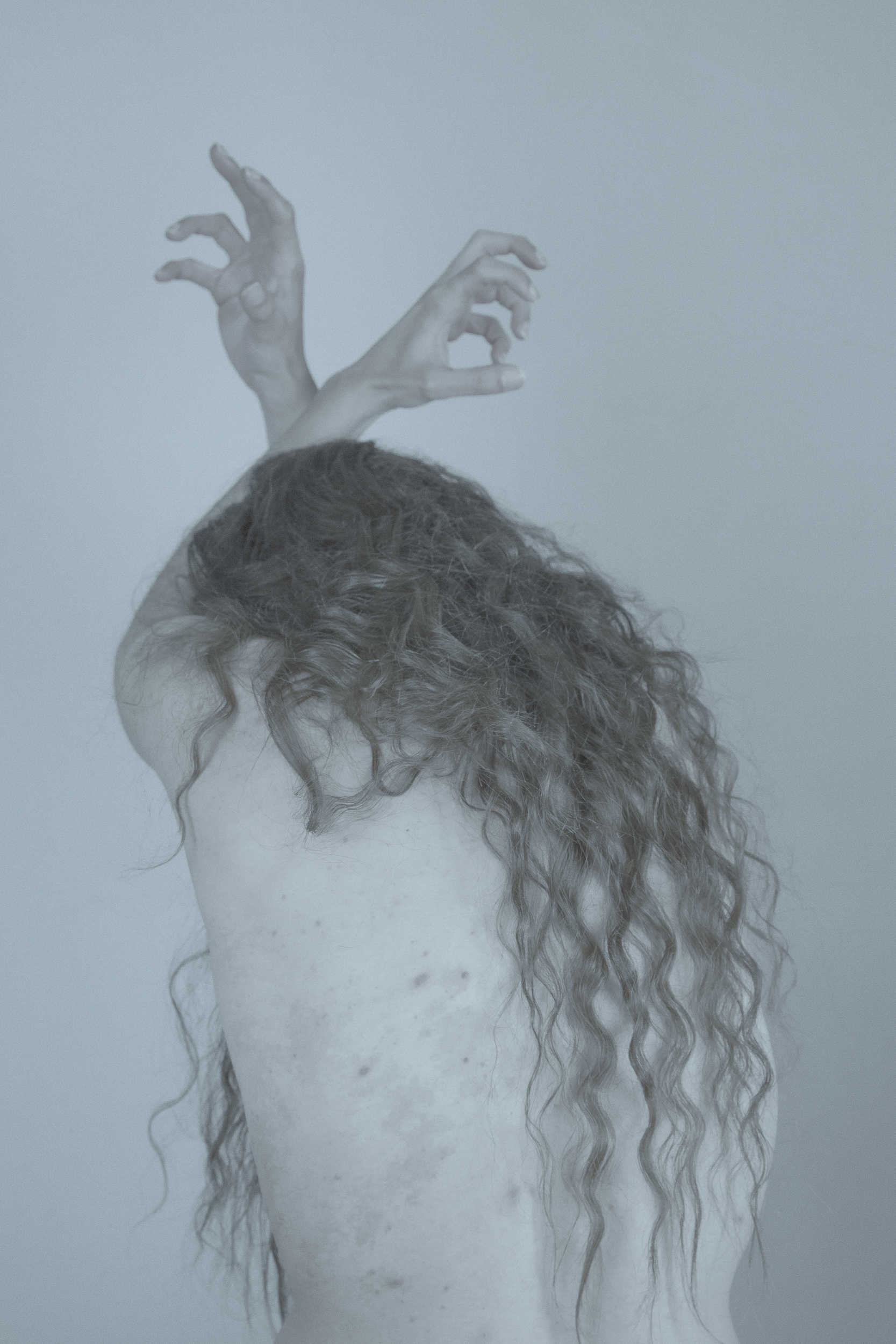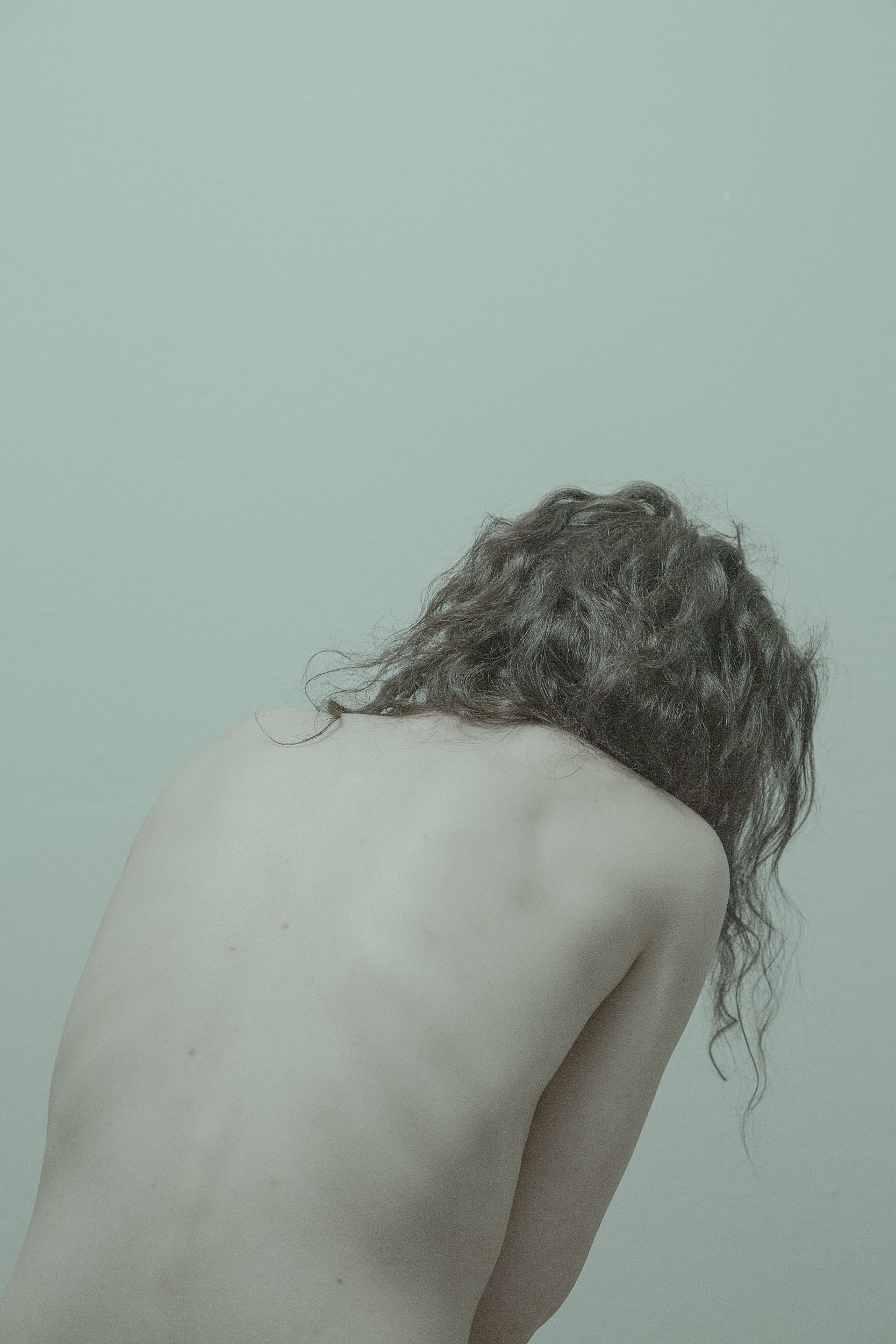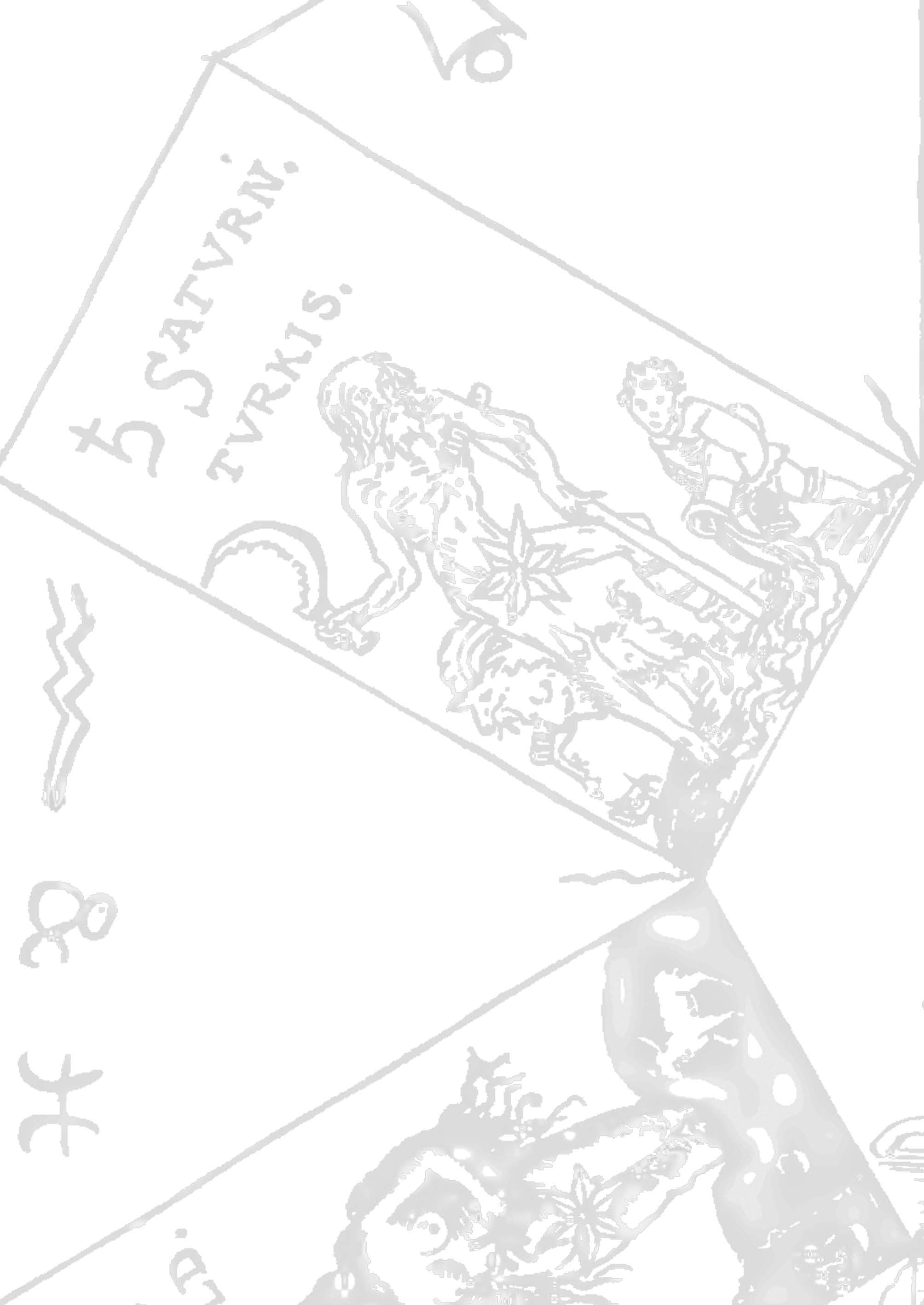Losing Turquoise
2018 - 2021
Losing Turquoise project consists of 7 Chapters:
The fearless gem, Phosphate of Cu & Al, Healer, Protector, Legend, Rational prayer, Improvisational algorithm.
The mineral is a hydrated phosphate of copper and aluminium.
The Turquoise gemstone is said to be assigned to Saturday (Saturn’s Day).
In the Old World it was said to possess many virtues and for 6.000 years it was considered “the fearless stone”. Anselmus de Boodt (Flemish humanist, mineralogist, physician and naturalist, 1550-1632) supported its use
for protection against injuries.
Southwestern Native Americans believed that turquoise could protect the wearer from harm, relieve her from worry and bring happiness.
A Navajo belief is that the heart of the earth
is made of turquoise.











Losing Turquoise is a domain where geology, chemistry, mythology, ethnology, history, talismanism meet. The idea of the gemstone addresses the entanglement and/or division between science and superstition, whose, most of the times, ideological and community bubbles do not even confront each other.
The human body represents the living container, where the tension between these contradictory approaches, meet and get somatised.
Through my geologic-scientific training, I employ and perform a methodology to access visual and symbolic associations with the aim to reflect mainly on the physical and emotional effects this division creates.
Shall we turn to the talismanism or spiritualism?
How will the apparent/highly visible schism of the individual and the collective be experienced?
Can someone blindly trust science?

the fearless
gem
gem

phosphate of
Cu & Al
Cu & Al
healer

protector


legend

improvisational algorythm

rational prayer



ARCHIVAL IMAGES
ARCHIVAL IMAGES
From different sources as Library of Congress, Website of Philadelphia Museum of art



